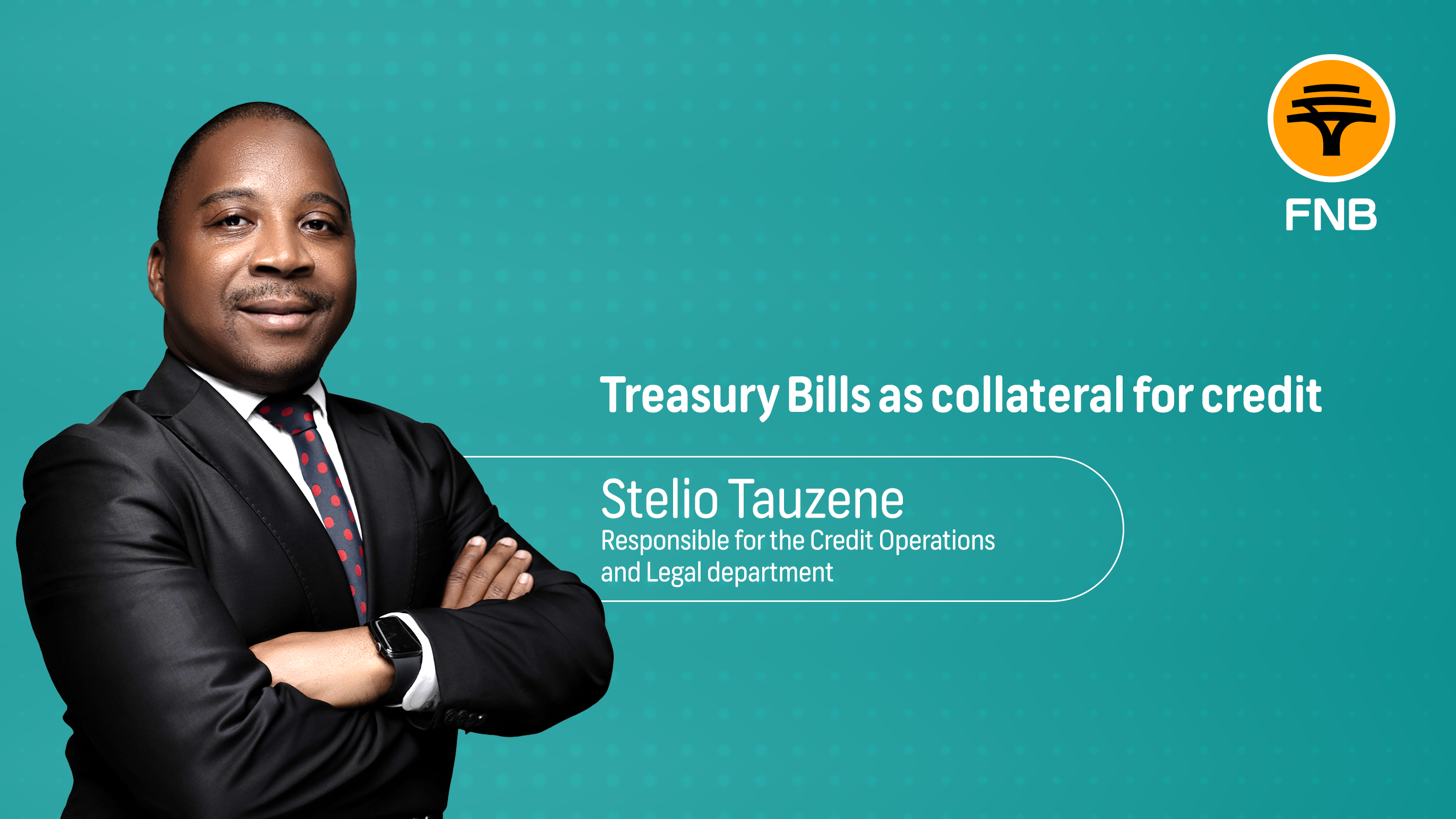
03.06.2025
Treasury Bills as collateral for credit
This article explores the use of Treasury Bills as collateral in bank financing operations—an option available to both individuals and businesses.
What are Treasury Bills?
Treasury Bills are short-term debt securities issued by the government to raise funds and manage public debt. When investors purchase these instruments, they are essentially lending money to the government, which repays the amount with interest at the end of the agreed term.
How Treasury Bills pledge works
Using Treasury Bills as collateral involves pledging them to secure a loan. This creates a legal right for the lender, who can retain and, in the event of default, sell the securities to recover the borrowed amount. If the borrower fails to meet their obligations, the lender can enforce the pledge and liquidate the assets.
This type of guarantee comes with several advantages: the risk of government default is very low; the securities are highly liquid, meaning they can be quickly converted into cash; and the associated formalization costs are generally lower than those tied to other forms of collateral, such as real estate or vehicles. Another benefit is transparency, as Treasury Bill prices are public and updated in real time.
Risks to consider
Although pledging Treasury Bills is generally seen as a low-risk option, there are some important considerations. One key risk is market fluctuation: if the securities need to be sold before maturity, they may fetch less than the original investment due to changes in interest rates.
Liquidity risk is another factor—the ability to quickly convert these securities into cash may be limited, especially during periods of financial instability. Additionally, as with any collateral, defaulting on the loan allows the lender to take control of the pledged assets, which in this case means the borrower could lose their Treasury Bills.
Because of these factors, it’s crucial to carefully review the contract terms and understand the implications of pledging Treasury Bills before agreeing to such an arrangement.
Whenever possible, consulting with a financial advisor or legal expert is strongly recommended to ensure that the decision aligns with the borrower's financial situation and is made with full awareness of the risks.
Formalizing the pledge
Setting up a pledge requires a contract between the parties, clearly outlining their rights and responsibilities. This agreement must be registered in an official system, such as Portal de Garantias Mobiliárias, to ensure legal validity and protect the lender's rights.
Practical applications
Treasury Bill pledges can be used for both personal and business loans. For individuals, it provides a straightforward way to access credit. For companies, it’s an efficient tool to obtain financing under more favorable terms.
Final thoughts
Pledging Treasury Bills is a secure and effective form of loan collateral, particularly suitable for small and medium-sized businesses. Still, it’s vital that all parties fully understand the contract terms and carefully assess the potential risks to ensure a fair, transparent, and well-informed transaction.
